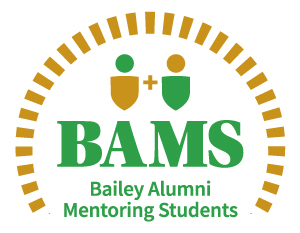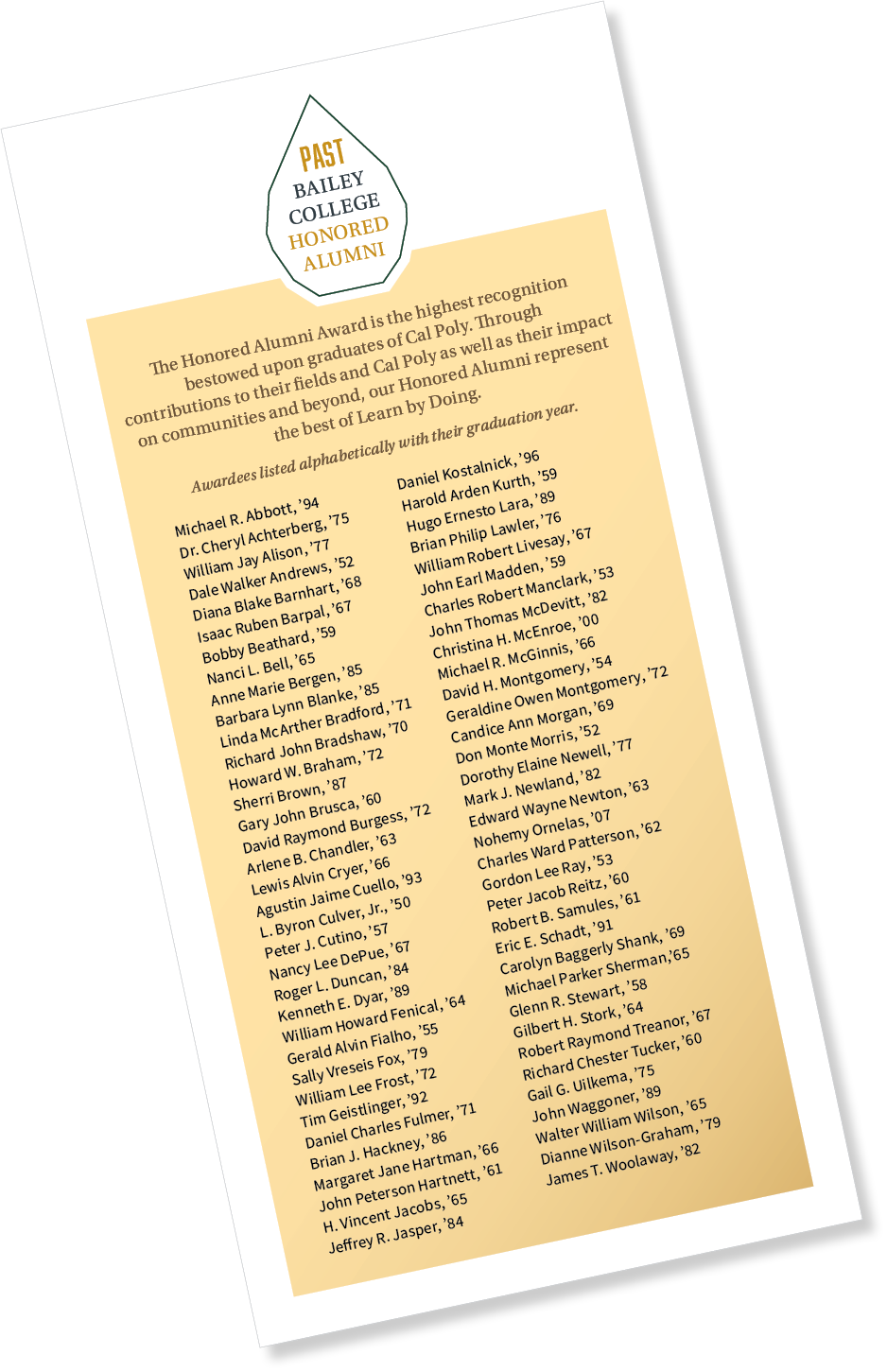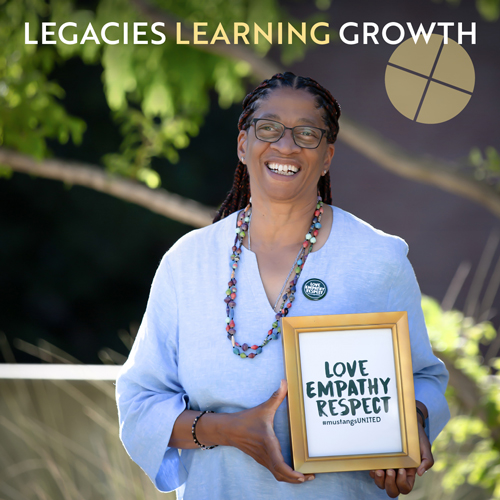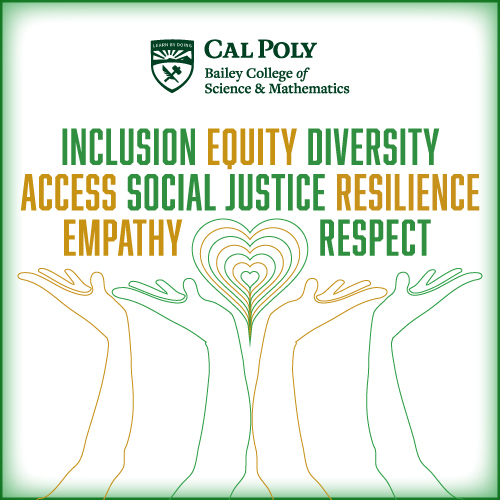Tony Aghazarian: 2025 Honored Alumni
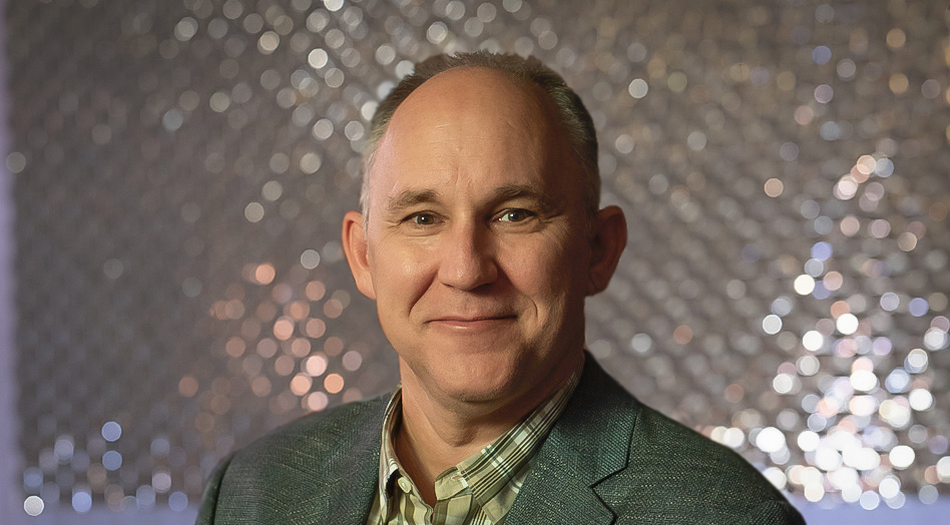
Alumnus talks Cal Poly rigor, Apple Inc. innovation and learning lessons
OCTOBER 2025
by NICK WILSON
Tony Aghazarian (Physics, ’96), a pioneer in technology, grew up in the Bay Area town of Pinole, California, the youngest of five children alongside many foster children during his upbringing. He attended community college in South Lake Tahoe before transferring to Cal Poly and immersing himself in Learn by Doing education.
That led to an illustrious career, including five years at Sony Group Corp. and 23 years at Apple Inc., where he helped create several innovative devices. Now an organizational leader, he solves complex problems through various projects and collaborations. In 2023, he co-founded a Los Gatos, California-based business consulting service, Lighthouse Insight.
Named Bailey College’s 2025 Honored Alumnus, Aghazarian highly valued his Cal Poly education, which was formative and greatly helped him in his career and life. He describes his journey in the conversation below.
Q: Why did you choose physics, and how did that decision shape the path you’ve taken in your career and passions today?
Tony: When I was deciding what to study, I realized that if you ask “why” often enough, you eventually arrive at the principles explored in physics. Everything reduces down into smaller and smaller parts until you reach the fundamental building blocks of the universe. I didn’t fully understand why at the time, but I was deeply attracted to the purity of that concept. Physics gave me a way to channel my curiosity into something rigorous, and that foundation continues to shape how I approach challenges, opportunities, and innovation today.
Q: Who was the most challenging or inspiring professor you ever had?
Tony: Ron Zammit’s electronics classes left a lasting mark on me. He had zero tolerance for sloppy thinking. If I said something like “a voltage through this point” or “current across two points,” he would stop me in my tracks and explain exactly why that was wrong. At the time, I thought he was being overly meticulous. Looking back, I see he was teaching me to think with absolute clarity and precision. That shift in mindset changed how I approached every challenge for the rest of my life.
Q: Outside the classroom, what experiences shaped who you are today?
Tony: The lessons that shaped me most did not always come from lectures or labs, but from the unexpected moments and challenges that tested me in real life. My calculus professor, Dr. Paul Murphy, lived across the street, and during a tough quarter when I was falling behind, he invited me to do homework in his kitchen until I caught up. That kind of personal investment left a deep impression on me and showed me how much progress can come from persistence and support. I carried that lesson forward into student government, where I served on the executive board and helped transition hundreds of campus clubs from paper flyers in mail cubbies to an electronic mail system called Pine. It sounds quaint now, but at the time it was pioneering, and it reinforced the idea that even tedious and unglamorous work can spark meaningful change.
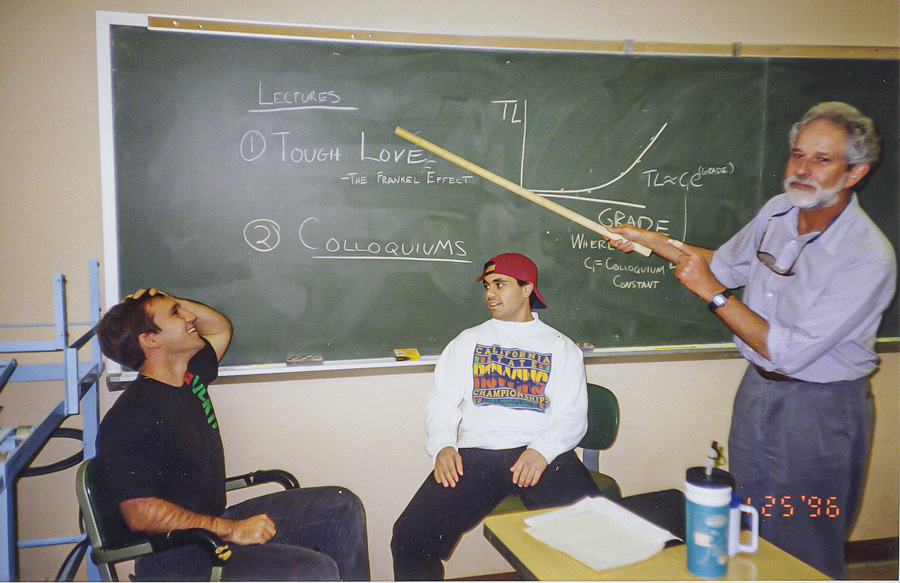 From left, Tony Aghazarian and classmate Steve Madonna share a light moment with former physics Professor Richard Frankel. The so-called Frankel Effect included commitment to rigorous learning, or “tough love,” as Frankel liked to call it. Madonna went on to work with Aghazarian at Apple Inc. Courtesy photo
From left, Tony Aghazarian and classmate Steve Madonna share a light moment with former physics Professor Richard Frankel. The so-called Frankel Effect included commitment to rigorous learning, or “tough love,” as Frankel liked to call it. Madonna went on to work with Aghazarian at Apple Inc. Courtesy photo
Q. How did you end up in a career in technology?
Tony: It wasn’t a straight line, but about seeing an opening and having the courage to take it. With a physics degree, most of my peers were continuing into academia, which at the time was considered the more prestigious path. Industry was not seen as the “it” thing to do. But while exploring my options, I saw a posting for an engineering role at Sony and decided to interview. They needed help with CRTs (cathode-ray tubes), which convert electrical signals to visual displays on device screens such as computer monitors and TVs, and I realized there was a real need to understand the physics behind them. The role turned out to be process engineering, which meant asking “why” over and over until you arrived at the most effective and elegant solution. That leap of faith became my launchpad into the tech industry, and it taught me an early lesson that has guided me ever since: opportunity rarely comes perfectly packaged, but if you can connect your skills to a need and have the confidence to pursue it, you can open doors you never imagined.
Q. What was your Apple experience like?
Tony: Apple was an incredible, high-energy place to be. Prototyping was where I thrived, taking ideas and figuring out how to turn them into reality. It was a crazy, wonderful time, full of urgency and collaboration, and I felt like I was surrounded by people who were just as driven to push the boundaries of what was possible. When I think about my time there, I do not focus on individual products because I worked on so many. What stands out to me is the journey, from the bulk of CRT monitors and tower computers to the magic of holding that kind of computing power in your hand.
What I am most proud of are the processes we created to make those transitions possible. Some of the manufacturing systems I helped design more than 20 years ago are still in use across the industry today. That kind of lasting impact only happens when you bring together like-minded people who are committed to using process not just to build something that works, but to build something that is world-class. That sense of shared purpose and relentless drive made it one of the most exhilarating experiences of my career.
Q. What do you see as a future challenge for the industry, and how can students best prepare?
Tony: The world is moving faster as technology rewrites the rules and global events test our resilience every day. In the years ahead, the challenge will not simply be keeping up, it will be learning how to truly think when jobs no longer require people to do certain tasks and machines appear to do them better. Rigor, hard work, and reasoning may often be done for us, until the moment they cannot. Students will be best prepared by devoting real time, thousands of hours, to rigorous analysis, demanding work, and deep reasoning. When a computer writes, codes and calculates: write, code and calculate yourself. When a machine farms, spend time working the land. And when learning is always within reach on a screen, turn it off and sit in quiet reflection. In its simplest form, my advice is this: learn by doing.
Q. How does it feel to be named an Honored Alumnus by Cal Poly?
Tony: I’ve always been proud to call myself a Cal Poly graduate, but being named an Honored Alumnus is something truly special. The Learn by Doing ethos and tight-knit community shaped not only how I solve problems, but how I approach life. To have that same institution look back and recognize my journey is deeply humbling. More than anything, it’s a reminder that the paths we carve can inspire others. If my story encourages even one student to push their limits, take risks, and create their own opportunities, then this honor will mean more than words can express.
Learn more about volunteering for an Alumni Mentor Conversation at the Bailey College Student Research Conference at: cosam.calpoly.edu/conference.
